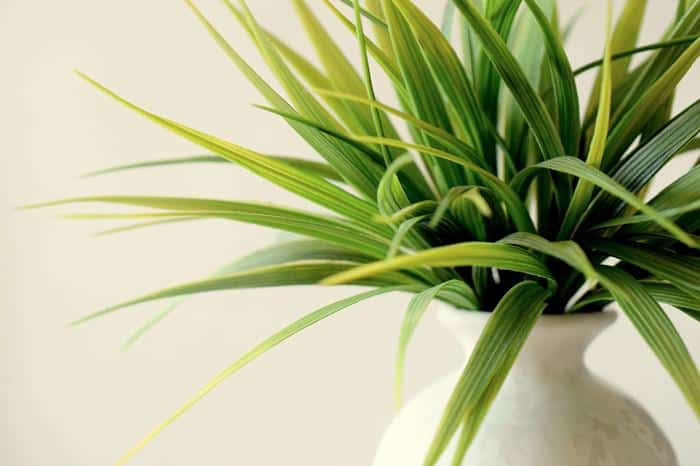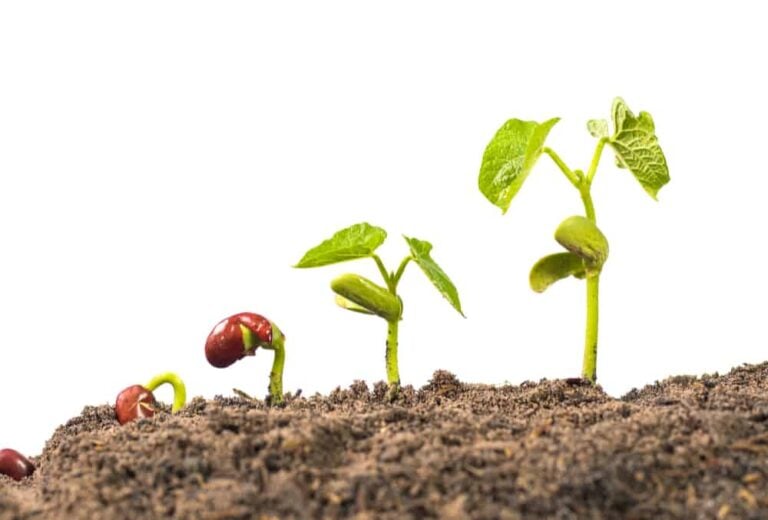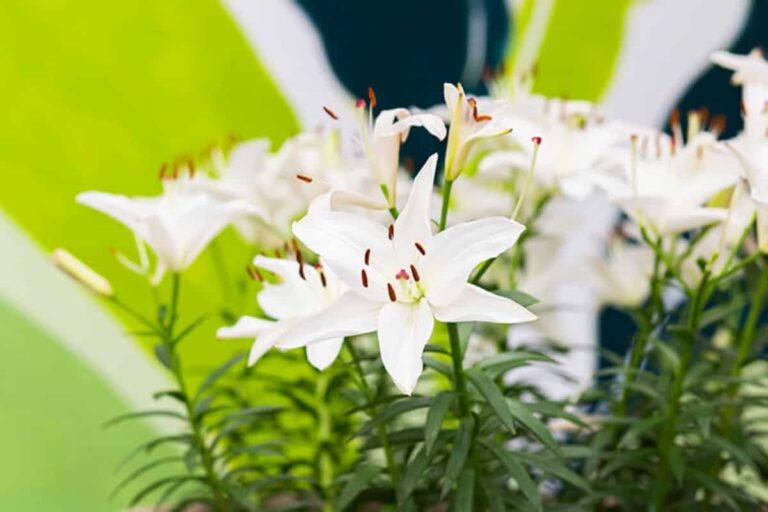Top Tips for Ravenea (Majesty Palm)
The Ravenea, more often referred to as the Majesty Palm, is a grouping of palm species native to Madagascar. Though the genus encompasses twenty known species, the variety most commonly grown in homes and gardens is the endangered Ravenea Rivularis. This species grows quickly and easily, tolerates low light well, and can even deal with temperature fluctuations. It isn’t invincible, though, and requires a dedicated owner with plenty of time to commit to cultivating the stunning specimen.
Facts About Majesty Palms
The first thing to note about these palms is the immense size they are capable of growing to. Under optimal conditions, Majesty Palms can tower well over 50 feet in height and grow to 15 feet in width. Indoors, however, they will remain a manageable size for a longer period than they would if left to their own devices in the wild.
Majesty Palms have a large smooth trunk of brown/grayish hue that is somewhat bigger at the base. All of the palms grow from this trunk, developing green, feather-like leaves capable of reaching 8 feet in length. They have a noticeable curve and often twist right in the center. When mature, these palms will grow white flowers on their branches and produce a bright red fruit as well.
These plants require good deals of humidity and water. They do best in tropical climates but can tolerate the cold down to 25 degrees Fahrenheit. As noted, this species of palm will grow quickly, but (indoors) will die just as quickly without an appropriate level of care. Owners should be ready to put in a great deal of work to see that this plant thrives beyond maturity.
You can transplant indoor palms that become too large to an outdoor environment with little fuss and should do so to allow the plant to continue to flourish. This will likely be sooner rather than later, as the Majesty Palm will reach a height of ten feet before you know it.
Planting Majesty Palms
Outdoors and in the right climate, you’ll only need to plant your Majesty Palm in a suitable patch of dirt and watch it grow. Indoors, however, the planting process will take some more work. You’ll want to put this plant in a large pot with a rich soil mixture. One part loam, two parts sand, and two parts peat moss is the ideal variety.
Moisten the soil well and place it in an area with bright, indirect sunlight. East-facing windows are a good option, as are areas 3-5 feet away from other sunny windows. Too much direct sunlight will discolor your leaves, so take care. Many owners like to keep their palms in a bathroom, office, or bedroom. If the palm is starting to outgrow these areas, though, you might want to move it to a more open area of the house.
The Majesty Palm will require protection from the cold, so keep it away from air ducts and windows. Keep the normal room temperature between 70-80 degrees Fahrenheit during the day, and 60-70 degrees at night. During the winter, you can keep the air colder, between 55-60 degrees.
As for water, you’ll need to keep this species of palm well moist. You don’t want the pot to get to saturated with water, though, so ensure that it has ample drainage holes to allow the excess to flow out the bottom. Drain regularly to prevent buildup. You’ll know you’re over (or under) watering if you notice the fronds becoming dry or discolored.
Your palm will grow rapidly, and you may find yourself needing to repot it within two to three years. You’ll know its time to repot when you notice the roots beginning to surface above the soil line. When repotting, make sure to keep the roots bundled, as these palms perform best when the root structure is somewhat crowded.
That should have your palm well on its way to a happy life, but your duty as caretaker doesn’t end there. You’ll need to continue maintaining your Majesty Palm and guarding it against external threats.
Caring For A Majesty Palm
Here are some things you can do to keep your palm in tip top shape. First, maintain proper humidity indoors. When the air is too dry, the leaves of the Majesty Palm will start to desiccate and change color. Keep a humidifier in the room to manage moisture levels. You can also spray your palm with water mist periodically to help it maintain (this will serve the dual purpose of deterring spider mites from attacking your plant).
You should feed your Majesty Palm every two to three months, usually in the spring and summer. In the fall, you can feed less, and in the winter, you won’t need to fertilize at all. Use an all-purpose, slow-release fertilizer, and don’t overdo it (too many nutrients will cause the foliage to spot).
You should remove dead leaves from your palm regularly. Don’t become alarmed if a frond or two turns brown and die; you can simply prune these from the plant without damaging it. Clip back to the leaf base, but leave the base intact. Allowing the base to dry up and fall of naturally will reduce the risk of infestation and disease.
Speaking of diseases, you should be wary of Diamond Scale, Fusarium Wilt, and Pink Rot. Avoid overwatering to reduce the risk of disease occurring, and use sanitized shears whenever you are pruning your plant.
https://youtu.be/mwh1gPgDaYc
Additional Care Requirements
Now that you’ve given your Majesty Palm a happy home, observe these details to keep it in peak condition:
- Ideal soil for the Majesty Palm is moist but never soggy. Don’t let the palm dry out but don’t let it drown in standing water either.
- You’ll need judicious amounts of plant food to keep this palm healthy but should avoid overfeeding to keep the leaves strong.
- The Majesty Palm can survive lower temperatures but prefers things closer to 80 degrees Fahrenheit.
- Keep the air humid, and consider using a humidifier to enhance the moisture of your indoor space.
- The spider mite is the main pest you’ll need to contend with. You can use warm soapy water on the leaves to discourage them from taking residence.
Photo By Carol VanHook Licensed Under CC BY-SA 2.0




